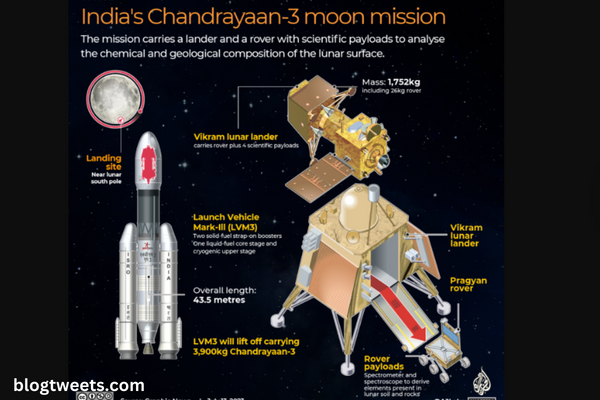Following China’s exercises, the US and Philippines start their biggest-ever drills

A day after China wrapped up extensive military manoeuvres near Taiwan, the US and the Philippines are conducting their biggest-ever combined military operations.
In response to Taiwan’s leader meeting the US House Speaker last week, China’s military practised blockades of the island over the course of three days.
While Taiwan President Tsai called China’s use of firepower “irresponsible” and asserted her right to travel to the US, Washington denounced China’s show of force as being out of proportion.
The US drills had been scheduled in advance.
Officials from the Philippines and the US claim the exercises demonstrate their commitment to open and free Indo-Pacific area and peace and stability.
More than 17,000 troops, including 12,000 from the US, will participate in this year’s Balikatan exercise with the Philippines, according to a Washington announcement made last month.
Additionally, as part of the two-week Balikatan exercise, the military will practise detonating a pretend target cruiser in the South China Sea, a move that could anger China.
However, according to US and Filipino military officials, the exercises shouldn’t be seen as a reaction to events in Taiwan.
Four additional naval stations will be built on Philippine islands near disputed waters as part of a new defence agreement Washington and Manila agreed to in February.
Three of these bases are located to the north of Luzon Island, which is Taiwan’s closest neighbour after China.
Some of the most important trade routes in the world’s waterways may be found in the South China Sea and the waters surrounding the Philippines, which have recently been the focus of China’s contested territorial claims.
In what it called a “freedom of navigation mission,” the US sent a naval destroyer through the South China Sea on Monday, just as China was finishing up its own drills in which it had deployed fighter fighters and an aircraft carrier over Taiwan.
The Spratly Islands, which are in the Philippines’ exclusive economic zone but are claimed by Beijing, were passed by the USS Milius.
How China weighs how it will react to Taiwan
The US desires to engage China in backyard games.
This infuriated Beijing. China issued a similar caution to the Philippines and the US on Monday, saying that military cooperation between the two countries should not get in the way of maritime disputes.
It must not undermine China’s territorial sovereignty, marine rights and interests, or security interests, according to Wang Wenbin, a spokeswoman for the Chinese foreign ministry on Monday.
Drills in Beijing came to an end on Monday. Taiwan’s defence ministry declared that it would continue to improve its “combat preparedness” after the incident.
In a Facebook message published on Monday night, President Tsai also asserted her right to represent her island nation on a global scale and criticised China’s military response to her US stopovers as “irresponsible actions of a regional power.”
The Balikatan exercises, which will last until April 26, will also include participation from a dozen regional nations. Australia has dispatched 100 soldiers.
The focus of the Balikatan exercises has changed in recent years, reflecting a change in regional geo-security concerns. After extremist groups linked to al-Qaeda carried out bomb attacks in the southern Philippines in the 2000s, it focused on counterterrorism training exercises.
A bigger response, however, has been sparked by China’s quick military buildup and territorial claims in the contested South China Sea, particularly on a number of Philippine islands.
The Philippines’ contribution to regional security has increased. Increasing US access to Philippine bases, according to many, may serve as launching pads for combat operations in the case of armed conflicts over flashpoints like Taiwan or the South China Sea.
On Monday, Philippine President Ferdinand Marcos Jr. emphasised that the US would not be permitted access to military facilities for offensive operations.
Since China has its own problems, the response it has had to Taiwan is hardly unexpected. However, the Philippines will not permit the use of our bases for any offensive operations. Only the Philippines are intended to benefit from this, should the necessity arise, he said.
two-pixel-wide (px) grey line
Observing China from the front row
Instead of sites where a sizable number of troops will be stationed, the US prefers to have access to locations where “light and flexible” operations involving supply and surveillance can be carried out as and when necessary.
Washington gained access to four more military sites in the Philippines in February. This agreement allowed Washington to close a gap in the alliance arc that runs from South Korea and Japan in the north to Australia in the south.
The Philippines, which shares borders with Taiwan and the South China Sea, two of the most likely flashpoints, has been the missing piece.
They now have access to bases that confront Taiwan, the Scarborough Shoal, and the Spratly Islands, respectively. US forces will arrive in a series of small groupings.
Analysts predict that the goal will be to prevent China from extending its territory further into the South China Sea while also giving the US a vantage point from which to observe Chinese military activity near Taiwan.
As fears of a conflict over Taiwan grow, the Philippines might be able to serve as a “rear access area” for US military operations or even as a location for the evacuation of refugees.








